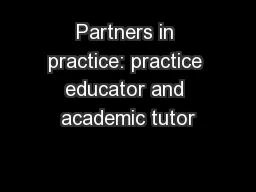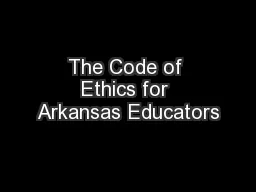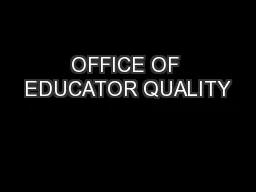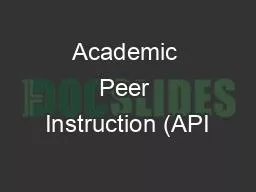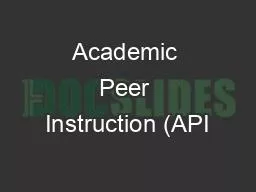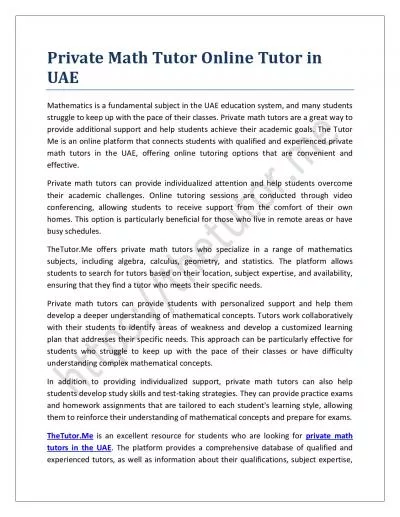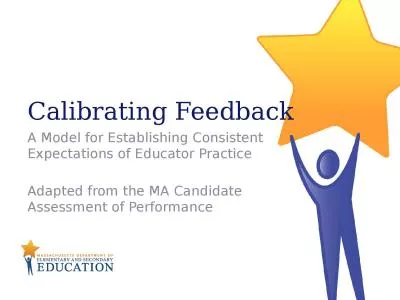PPT-Partners in practice: practice educator and academic tutor
Author : trish-goza | Published Date : 2017-12-12
Alison Domakin and Liz Curry NOPT conference 2016 Check in what you know about the Frontline programme already Provide you with information about the curriculum
Presentation Embed Code
Download Presentation
Download Presentation The PPT/PDF document "Partners in practice: practice educator ..." is the property of its rightful owner. Permission is granted to download and print the materials on this website for personal, non-commercial use only, and to display it on your personal computer provided you do not modify the materials and that you retain all copyright notices contained in the materials. By downloading content from our website, you accept the terms of this agreement.
Partners in practice: practice educator and academic tutor: Transcript
Download Rules Of Document
"Partners in practice: practice educator and academic tutor"The content belongs to its owner. You may download and print it for personal use, without modification, and keep all copyright notices. By downloading, you agree to these terms.
Related Documents

